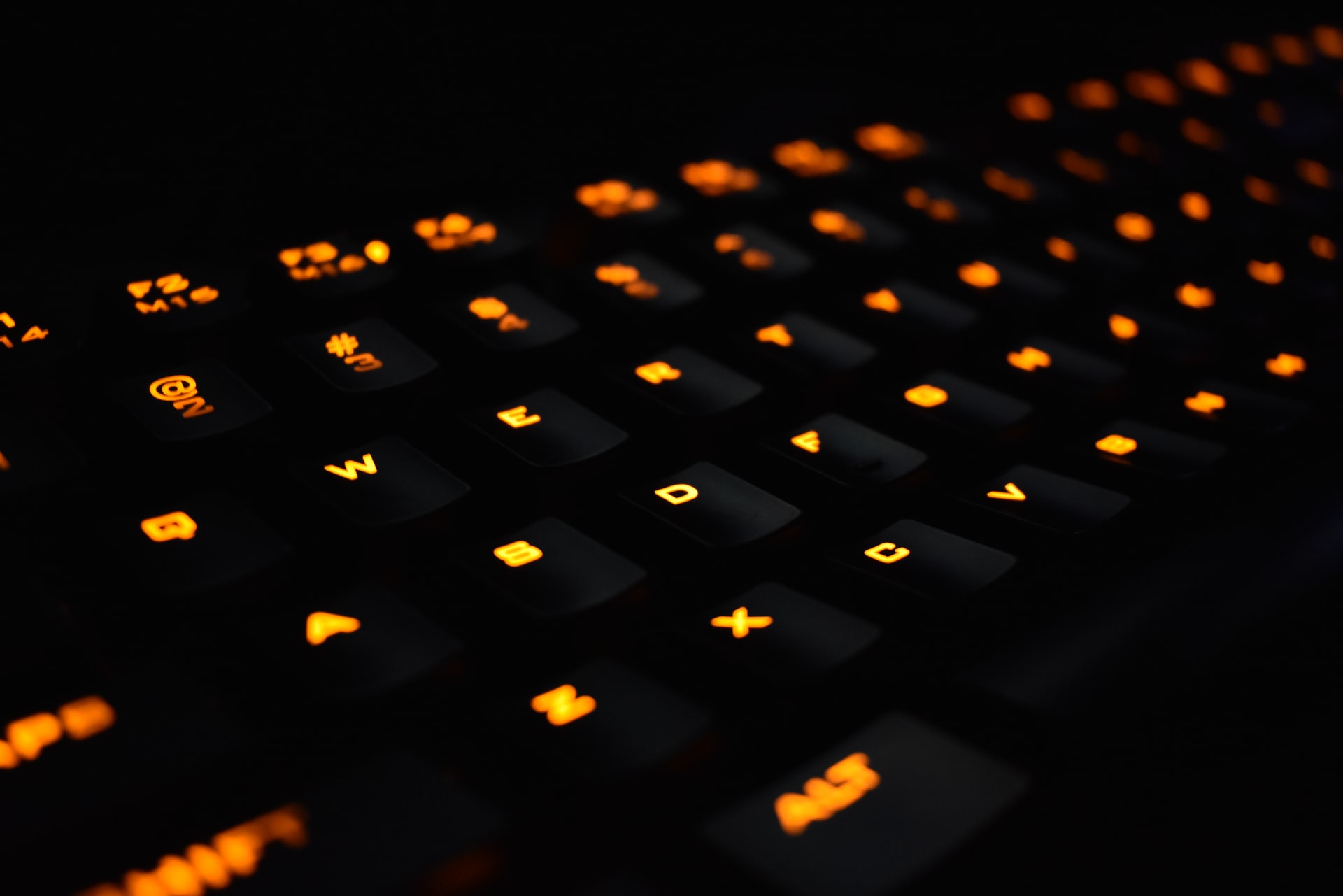Even if you aren’t ready for a spring cleaning, your laptop, Ultrabook, or desktop PC keyboard most likely is. How far are you from a spotless keyboard? Is there any finger grease on the keys? Are there soda flecks on the worn letters? Ants are crazy about the crumbs under your space bar.
With a little effort, you can make those keys gleam once more. Your laptop’s keyboard will be ready for another wave of cookie crumbs, cola drips, and french fry seasoning in less than an hour. Your computer’s principal input tool for getting work done will soon be ready to assist you in being as efficient as possible, at least until perceptual computing becomes available.
Here at, https://helveticaforever.com, are six keyboard cleaning ideas to help you keep yours in tip-top shape:
In the first place, avoid getting your keyboard dirty.
To avoid crumbs falling beneath the keys, avoid eating over your keyboard. Keep your drinks away from the device to avoid spilt liquids flooding it. To avoid dust, keep your laptop closed while not in use (and when you’re done for the day).
Don’t Shake Your Laptop, but Tap Crumbs Loose
By gently flipping your laptop over and lightly tapping it, you can remove some crumbs and other debris. If you jiggle it, you risk damaging your computer’s hardware. Solid-state computers and stand-alone keyboards are more durable, but that doesn’t mean they can withstand an earthquake. Use the sticky end of a Post-it note or a piece of adhesive tape on the hard-to-remove specks for a less-risky crumb removal (or after the initial shake).
 Get Some Fresh Air
Get Some Fresh Air
Your best quick-cleaning agent is canned air or dust removal spray, which may be found at office supply stores, general retail stores, and even auto parts dealers. You’ll be able to simply (and carefully!) blow trash and dust out of between your keys using a micro-straw-like applicator. Remember to keep the canister pointing down toward the keyboard at less than a 40-degree angle to avoid releasing refrigerant.
Clean your keyboard using a dust vac.
If you don’t have canned air, use a hand vac with a narrow dust attachment to suck up the unwanteds once you’ve blown the dust and debris to one location. If you’re using a stand-alone keyboard, ensure sure none of the keys are loose; otherwise, you can end up looking for a misplaced letter inside your dust vac’s filter. Purchase a USB vacuum cleaner with a thin keyboard cleaning attachment that plugs directly into a USB port for improved results.
Use Screen Wipes to remove caked-on grime.
Wrest globs of muck from your keys with mild pressure. If you overdo it, the characters may peel away from the keys (unless you’re using an older keyboard with burnished characters). You can also clean your keys with a topical cleaner sprayed on a soft cloth or paper towel. The cleaning should not be sprayed directly onto the keyboard.
Cotton Swabs should be used between the keys.
These can be used dry or simply dampened with a mild cleanser. To remove additional dust, carefully wipe between the keys and across the tops and bottoms.
This cleaning technique should be repeated every 1 to 3 months. If you use more than one keyboard on a regular basis, make sure to clean them all. Always refer to your owner’s manual for detailed model-specific keyboard cleaning recommendations.
Cleaning Mistakes to Avoid
- If you’re using a laptop, don’t try to remove keys from the keyboard to wash them by hand. Some machines feature keys that can be removed for cleaning, however the vast majority do not.
- Dishwasher-safe keyboards are not recommended. This procedure is recommended by some technicians, and your keyboard may live to type another day. However, chances are you’ll kill it and have to buy another. (And if that’s the case, why bother cleaning it?)
- If you don’t want to lose your data and have to buy a new machine, don’t put your laptop in the dishwasher or washing machine to clean the keys.
- Unless you’re bored with the keyboard’s desk-friendly, flat design, don’t try to dry a wet keyboard in the dryer or the oven.
- Unless you wish to test your memory once all the letters have come off the keys, don’t try to clean the keyboard with steel wool, cleaning sponges, or spray-on lime and calcium removers.
- Before cleaning a keyboard, make sure your computer is turned off. Pressure and moisture-induced mechanical faults affect today’s machines just as much as they did five or ten years ago.





